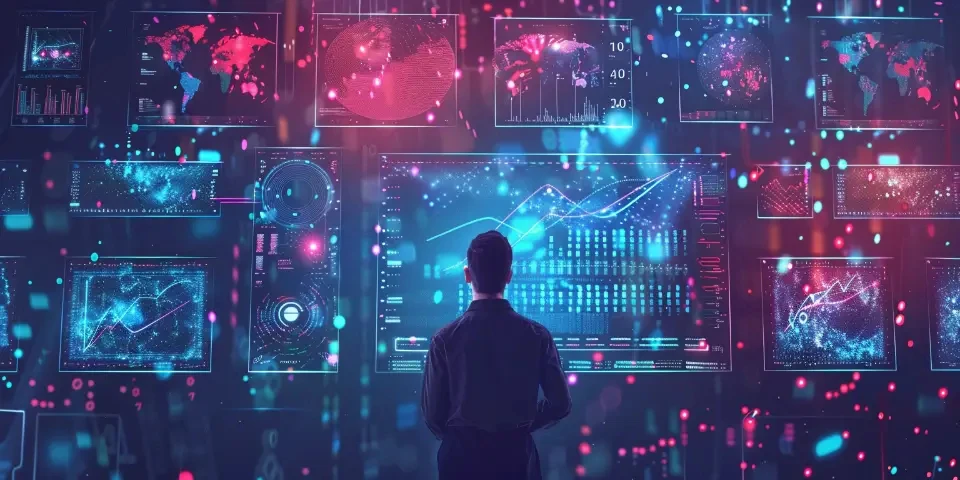Fibery AI in Healthcare Enhancing Diagnostics and Personalized Medicine
Artificial Intelligence (AI) has become an integral part of our lives, revolutionizing the way we interact with technology. While AI has made significant advancements in recent years, the future of AI lies in understanding advanced symbolics. In this article, we delve into the various aspects of advanced symbolics and its implications for the future of AI.
1. What are Advanced Symbolics?
Advanced symbolics refers to the ability of AI systems to comprehend and manipulate abstract and complex symbolic representations. Traditional AI systems were limited to processing straightforward data, while advanced symbolics provide the capability to understand concepts, emotions, and even common sense reasoning.

2. The Role of Deep Learning
Deep learning plays a crucial role in the development of advanced symbolics. By leveraging neural networks and massive amounts of data, deep learning enables AI systems to learn complex patterns, make accurate predictions, and generate creative outputs.
3. Understanding Context and Ambiguity
One of the biggest challenges in AI is understanding context and dealing with ambiguity. Advanced symbolics allows AI systems to comprehend the meaning behind words and phrases based on their surrounding context. This understanding enables more accurate and contextually appropriate responses.
4. Enhanced Natural Language Processing
Advanced symbolics pave the way for improved natural language processing capabilities. AI systems can interpret and respond to human speech more accurately, enabling more effective voice assistants, chatbots, and automated customer service representatives.
5. Expanding the Limits of Machine Learning
While machine learning has brought tremendous advancements, it often requires vast amounts of labeled data for training. Advanced symbolics can augment machine learning by reducing the need for enormous labeled datasets, enabling AI systems to learn with less supervision.
6. Symbolic Reasoning and Explainable AI
Advanced symbolics empower AI systems to perform symbolic reasoning, allowing them to manipulate and interpret symbols and rules. This capability brings us closer to explainable AI, where AI systems can provide clear and understandable explanations for their decision-making processes.
7. Ethical Implications and Bias
As AI becomes more advanced, ethical implications and biases become significant concerns. Advanced symbolics can help address these challenges by enabling AI systems to understand and analyze ethical principles, identify biases, and make fair and unbiased decisions.
Frequently Asked Questions
1. Will advanced symbolics replace traditional AI systems?
No, advanced symbolics will not replace traditional AI systems but rather enhance their capabilities. It allows AI to move beyond processing data to understanding complex representations.
2. How does advanced symbolics benefit healthcare?
Advanced symbolics can revolutionize healthcare by enabling AI systems to understand medical records, interpret symptoms accurately, and assist in diagnosis and treatment decisions.
3. Can advanced symbolics be applied to computer vision?
Yes, advanced symbolics can enhance computer vision by enabling AI systems to comprehend images and videos, detect objects, and understand the context in visual data.
References:
1. Miller, T. (2019). Explanation in Artificial Intelligence: Insights from the Social Sciences. Artificial Intelligence, 267, 1-38.
2. Marcus, G. (2020). The Next Decade in AI: Four Steps Towards Robust Artificial Intelligence. arXiv preprint arXiv:2002.05293.
3. Bengio, Y. (2017). Deep Learning of Representations for Unsupervised and Transfer Learning. Proceedings of the 2013 ICML Deep Learning Workshop.
Explore your companion in WeMate